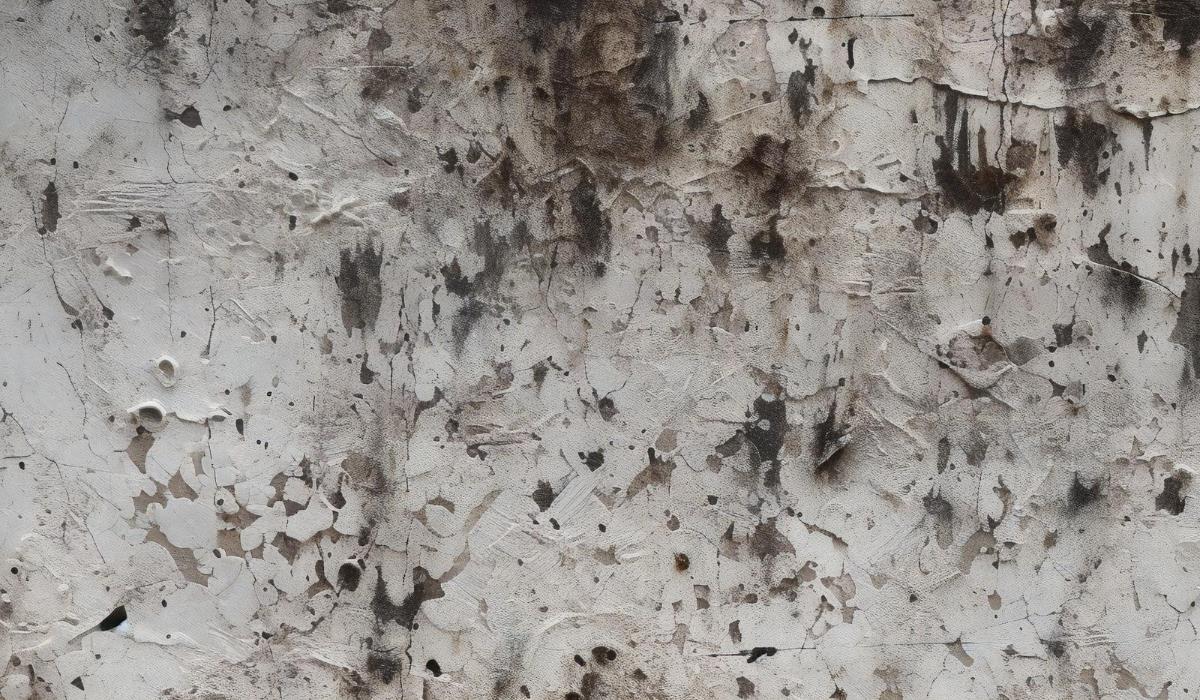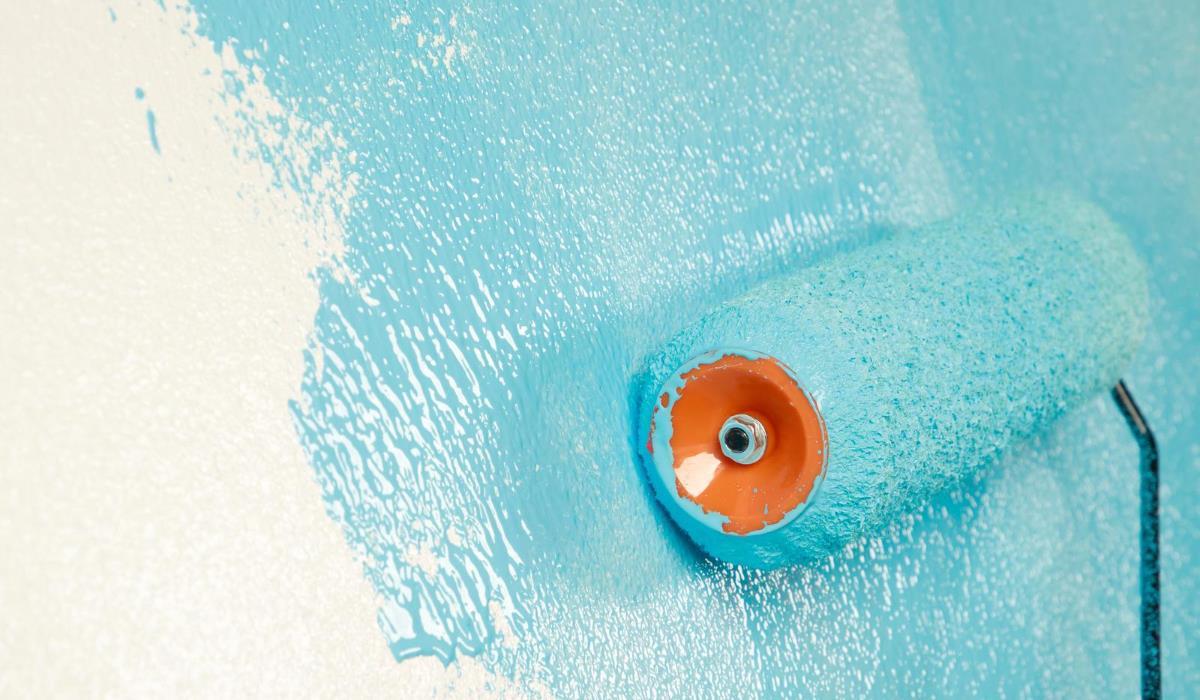The last thing you want to experience in a freshly painted room is the paint peeling off the walls. In this article, we describe common wall paint problems and how to deal with them…
Peeling and flaking paint
Unfortunately, this is a fairly common problem caused by many factors, such as moisture trapped under the paint surface or its application on a dusty surface. Also, improperly prepared, dirty wall surfaces can cause peeling after painting. Therefore, before you start painting the walls, it is important to clean them thoroughly to remove all dirt, oil and grease. The technique of painting is also important – excessive movements that put pressure on the paint coating can cause it to crack, which in turn causes it to move away from the wall.
Stain penetration
This unsightly effect is usually caused by contamination of the substrate surface by soluble stains. It can be easily repaired by proper surface preparation before painting.
Paint surface shrinkage
Another common problem with paint is puckering on a newly painted wall when the surface dries too quickly. A thin film forms on the surface and causes it to shrink before the paint underneath is completely dry. This effect can be more noticeable if too thick a layer of paint is applied – especially on horizontal surfaces. It can also occur if a second coat is applied before the first coat is completely dry.
Visibility of the putty under the paint
Before painting the walls, you need to fill the holes, but this is not always 100% achieved. What to do when the putty after painting is still visible? Putty should be applied before painting to prevent subsequent layers of paint from absorbing faster than other areas. Use one layer of regular emulsion diluted 10-20% with clean water – when dry, apply a full layer of emulsion.
Paint lumping
Typical problems with paint are also the result of its lumping. Using the wrong type of roller can cause air bubbles to form on the paint surface. If you use water-based paint, avoid sponge or foam rollers. If a long pile roller is used, make sure it is sufficiently soaked with water. Paint foaming happens when air gets onto a wet surface and creates air bubbles – When the bubbles burst, depressions form in the surface. At the same time, these depressions sometimes dry out to form a uniform coating.
Cracking paint

Cracks in the paint on textured or structured surfaces, such as relief wallpaper or beaded plaster, create a cracked earth effect. This is especially true when the paint has been applied with a brush. Cracks can also occur when matte paint is applied over silky or if the gloss is not removed from the silky surface. One or two thin coats of paint can fill the cracks. For interior walls, use a soft gloss paint. If the affected area is on wallpapers, it is best to remove the wallpaper and start over.
Chalky finish on exterior walls
The powdery finish is most often the result of paint abrasion caused by the weather. It may also indicate the seepage of salt from the surface. To fix this, brush the area with a stiff brush to remove as much of the powdery material as possible before applying the base coat.
Plaster cracking
Typical paint problems also apply to cracking plaster. This most often occurs in new homes, which is the result of the progressive drying of the plaster or the process of the building settling on the ground. To fix this, cut out all cracks and remove all dust and debris. Then fill the cracks with a suitable filler and paint with the finish of your choice.
Yellowing paint around radiators
Conventional solvent-based paints can be adversely affected by heat, so over time you may notice that the glossy white paint around the radiators takes on a yellowish tinge. To prevent this, simply paint the radiator the same color as the wall, or change the color, as yellowing is most noticeable on white paint.
Mold growth

Mold on the walls can also be classified as typical paint problems. You can’t just paint it in the hope that it will disappear – you have to solve it before painting. Mold-affected areas should be cleaned with an anti-fungal preparation. After rinsing the wall, let it dry and cover it with paint.
Water stains
Stains on the paint surface may appear if water got on the surface of the wall before the paint is completely dry. To fix it, you just have to wait for the wall to dry. When the surface is completely dry, wipe the surface with wet sandpaper and then apply a new coat of paint.



